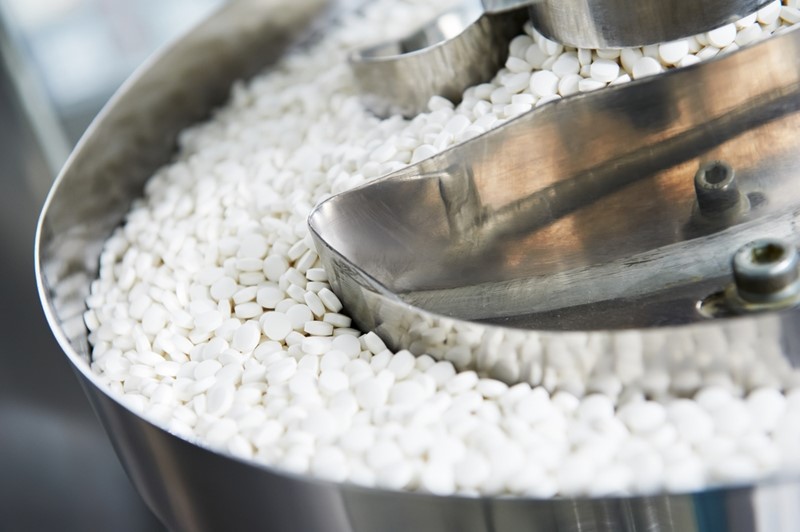The biopharmaceuticals industry is in a constant state of flux as a result of the frequency of innovations in this sector, and companies need to keep pace with these changes if they want to stay competitive and grow their businesses. One way firms are keeping up with the industry and its demands is through mergers and acquisitions (M&A). With M&A, organizations with overlapping interests come together to bolster their financial health, allowing them to focus on their core competencies and strategic initiatives without the burden of more costly activities that fall outside the business’s area of expertise.
According to New York Daily News, in 2014, health care-related companies contributed to a record high of $1.4 trillion in deal activity, and this trend is continuing in 2015, proving that M&A’s are occurring at a high rate in this industry.
A key trend in the biopharmaceutical industry
M&A in the biopharma industry is driven by increasing regulatory pressures on development and approval as well as general changes in the competitive landscape, which is impacting cost containment and pricing strategies, according to a report from research firm A.T. Kearney. The firm reported that patent expirations at the end of 2014 has put the revenues of the top 10 biopharma companies’ at risk. In addition, the growth rate of global prescription drug sales fell from double digits in 2000 to roughly 4 percent in 2010. This adds pressure to even the best-resourced organizations that are now struggling to stay in the black. On the other side, smaller biopharmaceutical firms don’t always have the credit available to handle the rising expenses and declining sales their organizations face.

M&A will continue to be a key trend in biopharma.
Additional research from McKinsey revealed that “megamergers” – defined here as deals over $10 billion in which the acquired company has at least 10 percent of the acquirer’s sales and 20 percent of the acquirer’s market capitalization – create shareholder value, despite a general perception that large-scale M&A disrupts overall operations. While that may be true in some respects, McKinsey found that not only do megamergers bolster shareholder value, they are responsible for the survival of some organizations. The most important finding here was that most of the biopharma companies that remained among the world’s 20 largest between 1995 and 2005 were involved in megamergers. Thus, M&A can be a lucrative opportunity for biopharma investors and a means to long-term sustainability for businesses.
“Unless something substantially unexpected happens, we’re going to continue to see a flow of these larger companies trying to fill their portfolios with companies that have drugs and technology and that provide services they don’t already have,” Takashi Toyokawa, senior editor of Mergermarket & Dealreporter, told the New York Daily News. “There’ll be a lot more consolidation in this sector in 2015.”
Successful M&A allows a business to extract maximum value from the transaction. One way to do so is by ensuring that all surplus assets are strategically redeployed or sold to give companies the capital to develop new products. Strategic asset management will provide businesses planning a merger or acquisition the tools to free up working capital and receive offers that accurately reflect the true value of the business and its assets. To stay competitive and replace revenues from former blockbuster drugs, major biopharma manufacturers are merging with competitors or acquiring smaller companies with promising product development pipelines. These companies also strategically use M&A to bring on new research and development resources so they can focus on their core competencies.
Liquidity Services, biopharma, and M&A opportunities
Surplus asset management is critical for successful M&A in the biopharma industry, regardless of whether a business is being acquired or is the one doing the acquiring. By ensuring that surplus assets are accounted for and properly valued, businesses can be sure they fetch what they are worth in the market. For others looking to free up capital to make a play at acquiring a smaller company, freeing up capital through the sale or strategic redeployment of surplus assets can provide financial resources to reinvest in core competencies.

With a variety of solutions, Liquidity Services can be a valuable partner for biopharma companies planning an M&A.
Liquidity Services can help biopharma companies get the most value out of M&A with three key areas of service:
- Asset management via AssetZone® software: The cloud-based platform gives companies an easy way to manage surplus across multiple locations and extend that knowledge to affiliates, as well as acts as a central repository for asset data. This visibility helps stakeholders make intelligent decisions about whether to sell, redeploy, or retain their equipment.
- Valuation of assets: Maximizing the value captured in an M&A is only possible through a pinpoint accurate valuation of surplus assets. Liquidity Services has an expert valuation team that will ensure that biopharma companies get the best possible price for their equipment and machinery.
- Global reach: With 53 locations worldwide, and buyers in nearly 200 countries and territories, Liquidity Services has access to resale markets throughout North America, Europe, South America, Africa, Asia and Australia.
M&A looks to be an integral part of the biopharma industry as it navigates the changes brought about by stricter regulations and a competitive landscape dominated by a few big businesses. With strategic surplus asset management, biopharma companies of all sizes will be well-equipped to capture the greatest value for their assets and businesses as a whole.




Comments are closed.